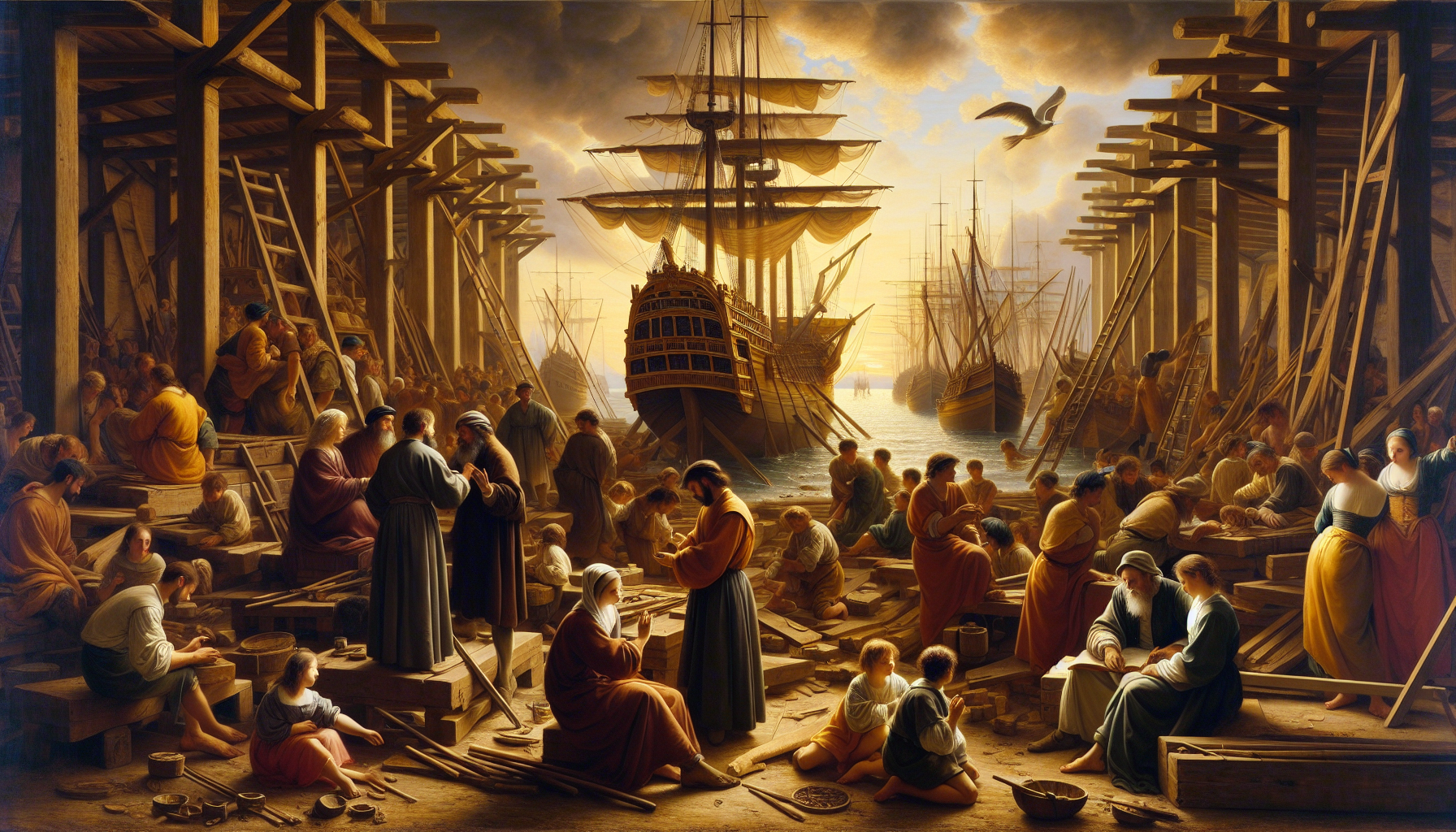The Big Picture |
|
On May 22, 2025, President Donald J. Trump officially proclaimed National Maritime Day, a yearly observance established by Congress in 1933 to honor American merchant mariners. These workers play a crucial role in transporting goods and supporting military operations, both in times of peace and conflict. Alongside this proclamation, the President highlighted a recent executive order aimed at boosting American shipbuilding and enhancing training programs for merchant mariners. This policy effort signals a renewed focus on strengthening the U.S. maritime industry to protect trade routes and reinforce national security at sea.
|
|
This development matters because it reflects a strategic shift toward prioritizing domestic maritime capabilities, which have broad implications for the economy and national defense. By emphasizing shipbuilding and workforce training, the administration is seeking to reduce reliance on foreign vessels and improve the resilience of supply chains. While the proclamation itself is symbolic, the executive order represents a concrete step with potential long-term effects on the shipping industry and related sectors. However, the specific timelines and measurable targets for these improvements have not been detailed publicly, leaving questions about the pace and scale of implementation.
|
Pattern to Watch |
|
The recent focus on maritime strength, as shown by the National Maritime Day proclamation and the accompanying executive order, suggests an emerging trend of bolstering U.S. industrial and security capabilities in key infrastructure sectors. Indicators of this pattern include the government’s direct intervention to support shipbuilding and workforce development, which may signal a broader push to enhance domestic production and reduce vulnerabilities in critical supply chains. If future announcements include funding allocations, regulatory changes, or partnerships with private industry to expand shipyards and training programs, it would confirm a sustained policy emphasis on maritime and industrial resilience. This trend could reshape economic priorities by directing resources toward sectors linked to national security and trade stability.
|
|
|

